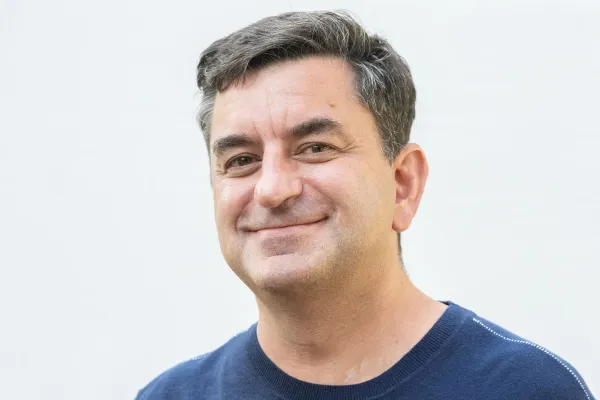Hedge funds have seen their first quarterly net inflows in more than two years, attracting capital after “strong performance” in the turmoil of the pandemic and as investors position for volatility ahead of the U.S. elections, according to Hedge Fund Research.
Macro and relative value arbitrage strategies led the hedge fund industry’s estimated net inflows of $13 billion during the third quarter, the first net inflows since the first three months of 2018, HFR said in a report Wednesday. Macro funds raked in more than half of total net inflows, with $7.2 billion about equally split between commodity-trading-advisor and uncorrelated currency strategies.
The industry’s largest firms — those managing more than $5 billion in assets — attracted the bulk of capital from investors in the third quarter, according to the report. Small firms managing less than $1 billion collected $2.6 billion over the same period, while mid-sized firms saw net outflows of $810 million.
Kenneth Heinz, president of HFR, said in the report that investors allocated new capital to hedge funds in the three months through September because of their “defensive outperformance through the coronavirus-driven volatility in early 2020.” Heinz also attributed inflows to the industry’s “opportunistic gains through the uneven financial market recovery in the second and third quarters."
Hedge funds returned about 4 percent in the third quarter and about 9 percent in the previous three months, the report shows. That brought the industry’s gains for the year to less than one percent.
[II Deep Dive: What Famed Economist Robert Shiller Sees in ‘Vexing’ Stock Market Rebound]
“Institutions globally are making forward-looking allocations to hedge funds, anticipating and positioning for the near-term uncertainties of both the virus and the U.S election,” Heinz said. He also tied the industry’s third-quarter inflows to intermediate-term macroeconomic uncertainties facing the U.S., Europe, and Asia.
“Hedge fund strategies which have demonstrated powerful, opportunistic, and uncorrelated performance throughout 2020 are likely to lead continued industry growth into 2021,” he said.







